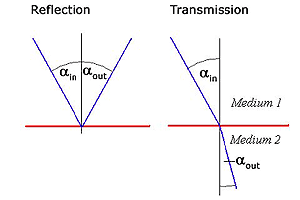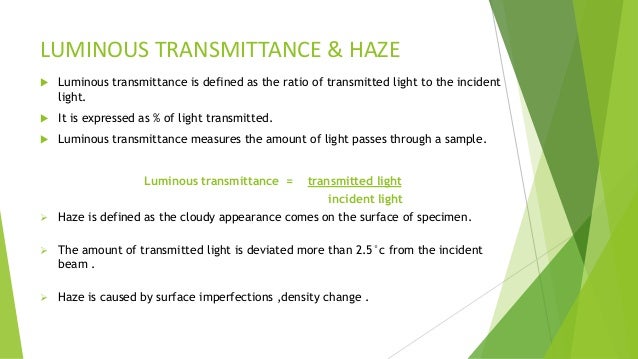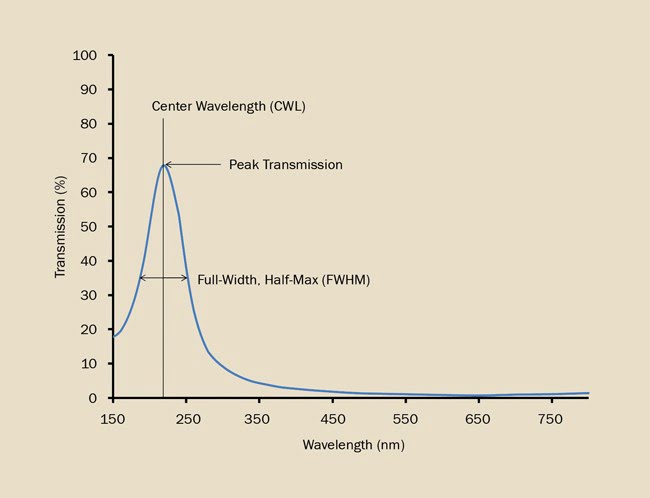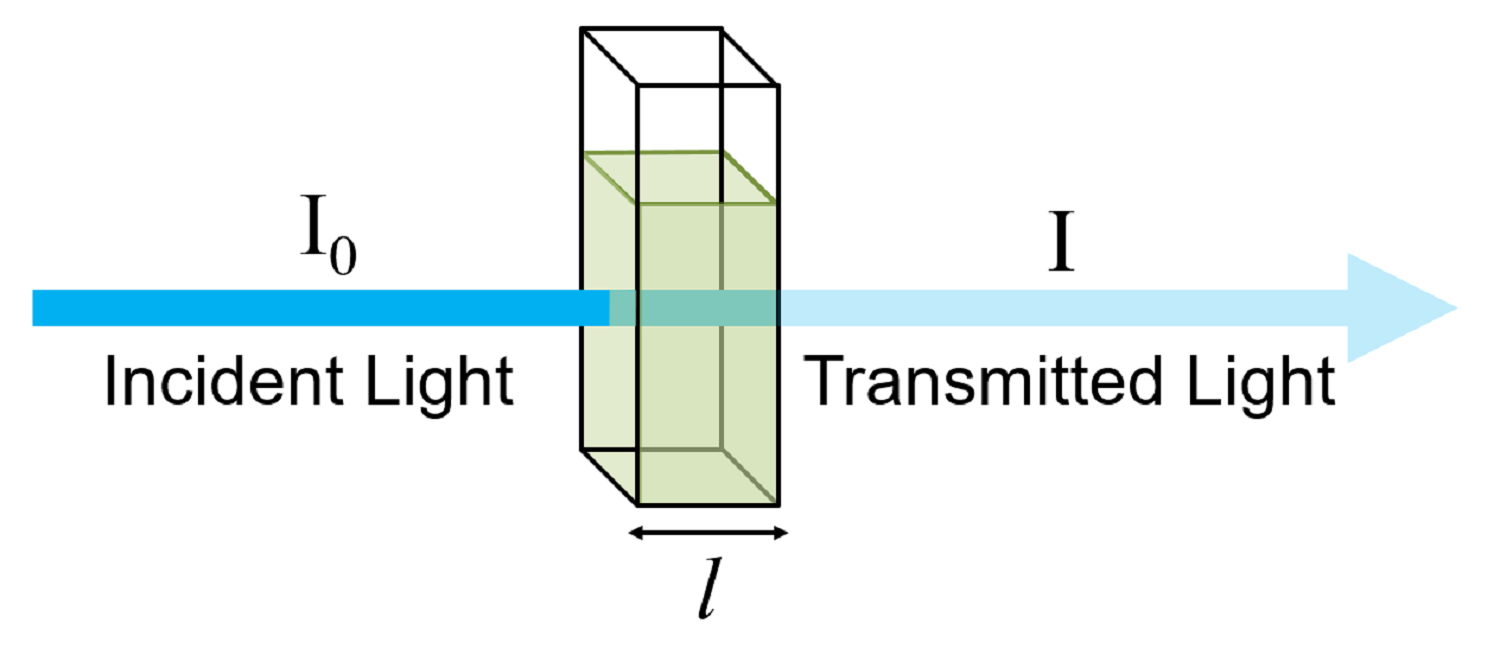Light Transmission Factor Meaning
In chemistry the transmission coefficient refers to a chemical reaction overcoming a potential barrier.
Light transmission factor meaning. Transmission of light defined. Most optical experts agree that the best light transmission range for sunglasses is from 10 to 30. Light transmission light transmission is the percentage of light that passes through the lens and reaches the eye. Without it we d be in complete darkness.
Both processes can be accompanied by diffusion also called scattering which is the process of deflecting a unidirectional. Spectral transmission factor stf is the fraction of the original incident light transmitted by the lens for a particular wavelength. In quantum mechanics it is. Being a percentage they run from 0 black as night to 100 clear as day.
Light moves as a wave bouncing off objects so we can see them. It s usually expressed in units of btu hr ft2 of. Reflection is the process by which electromagnetic radiation is returned either at the boundary between two media surface reflection or at the interior of a medium volume reflection whereas transmission is the passage of electromagnetic radiation through a medium. The frequencies of light that become transmitted or reflected to our eyes will contribute.
Many objects contain atoms capable of either selectively absorbing reflecting or transmitting one or more frequencies of light. The colors perceived of objects are the results of interactions between the various frequencies of visible light waves and the atoms of the materials that objects are made of. U factor is the rate at which a window door or skylight conducts non solar heat flow. The transmission rate also called transmittance is a percentage given which describes the amount or rate of sunlight that will go through the lenses of your sunglasses and into your eyes.
Nfrc u factor ratings however represent the entire window performance including frame and spacer material. For windows skylights and glass doors a u factor may refer to just the glass or glazing alone. If the stf is plotted against a series of wavelengths then a transmission curve is produced. Different fields of application have different definitions for the term.
For example a lens with a visible light transmission of 20 allows 20 of the light to pass through the lens blocking the other 80. These factors are therefore important for defining the transmitting properties of a transparent material transmission the amount of light that passes through the material without being scattered haze the amount of light that is subject to wide angle scattering at an angle greater than 2 5 from normal astm d1003. In optics and telecommunications it is the amplitude of a wave transmitted through a medium or conductor to that of the incident wave.















































